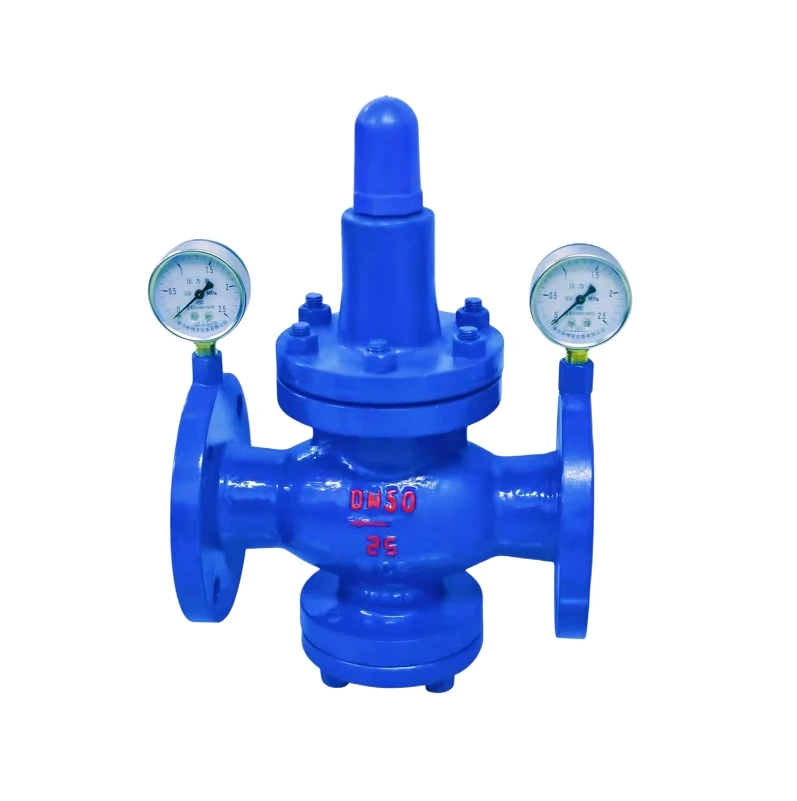gate valve types
Understanding Gate Valve Types A Comprehensive Overview
Gate valves are essential components in various industries, including water treatment, oil and gas, and power generation. Their primary function is to act as on/off switches, controlling the flow of media through pipelines. Unlike other valve types, gate valves are designed to allow for minimal pressure drop when fully open, making them ideal for applications where the flow is either fully on or fully off. This article aims to explore the different types of gate valves, their applications, and their advantages and disadvantages.
Types of Gate Valves
1. Parallel Gate Valve This type has two parallel sealing faces that close together. It is less common due to its tendency to suffer from leakage issues when not perfectly aligned. However, parallel gate valves are simple in design and can handle a wide variety of media.
2. Wedge Gate Valve The most common type of gate valve, wedge gate valves feature a wedge-shaped gate that can form a tight seal when closed. They are typically utilized in pipelines where fluids are either completely allowed to flow or completely stopped. Wedge gate valves come in two forms solid wedge and flexible wedge. The solid wedge is efficient for high-pressure systems, while the flexible wedge allows for thermal expansion and system misalignment, making it suitable for applications with varying temperatures.
3. Rising Stem Gate Valve In this design, the stem rises above the valve body when the valve is opened. This feature allows for an easy visual indication of the valve position. Rising stem gate valves are typically used in applications where maintenance can be performed without disrupting the system, ensuring that operators can easily monitor the valve's status.
4. Non-Rising Stem Gate Valve Designed with a stem that does not move upward but turns within the valve body, this type is perfect for applications where space is limited. Non-rising stem gate valves are often found in underground or confined installations where exposure to external elements is minimized.
5. Slab Gate Valve Utilizing a single slab-shaped gate, this type is particularly effective in applications where a large flow area is required. The slab gate valve is best suited for low-pressure applications, as it provides a lower resistance to flow. However, they can be susceptible to vibration and slamming if not installed correctly.
gate valve types

6. Double Disc Gate Valve This design features two gates that operate simultaneously, providing a robust sealing mechanism. The primary advantage of double disc gate valves is that they can handle dirty or abrasive fluids without compromising their sealing properties. They are often used in wastewater treatment facilities and other industries where media quality varies significantly.
Applications of Gate Valves
Gate valves are employed across numerous sectors due to their reliability and ease of use. In the water treatment industry, they are used for shut-off applications in pipelines transporting potable water and wastewater. In the oil and gas industry, gate valves control the flow of crude oil, natural gas, and refined products. Furthermore, they are essential in steam applications within power plants, regulating flow while minimizing pressure loss.
Advantages and Disadvantages
One of the main advantages of gate valves is their ability to provide a full, unobstructed flow when fully open. This lack of obstruction minimizes pressure loss and allows for easy cleaning and maintenance. Additionally, gate valves have a simple design that is easy to manufacture and install.
However, there are some disadvantages to consider. Gate valves are not well-suited for applications that require precise flow control, such as throttling, since partially open gate valves can lead to damage over time. Moreover, they can require more space than other valve types, particularly the rising stem varieties, potentially limiting installation options.
Conclusion
Gate valves are indispensable in numerous applications, providing reliable control over fluid flow. Understanding the various types of gate valves—such as parallel, wedge, rising stem, non-rising stem, slab, and double disc—equips professionals with the knowledge needed to select the appropriate valve for their specific applications. With their advantages and disadvantages known, stakeholders can make informed decisions that enhance operational efficiency and maintain system integrity in various industries. As technology advances, the design and materials used in gate valves will continue to evolve, ensuring that these vital components meet the ever-growing demands of modern engineering challenges.
-
The Smarter Choice for Pedestrian AreasNewsJun.30,2025
-
The Gold Standard in Round Drain CoversNewsJun.30,2025
-
The Gold Standard in Manhole Cover SystemsNewsJun.30,2025
-
Superior Drainage Solutions with Premium Gully GratesNewsJun.30,2025
-
Superior Drainage Solutions for Global InfrastructureNewsJun.30,2025
-
Square Manhole Solutions for Modern InfrastructureNewsJun.30,2025
-
Premium Manhole Covers for Modern InfrastructureNewsJun.30,2025
